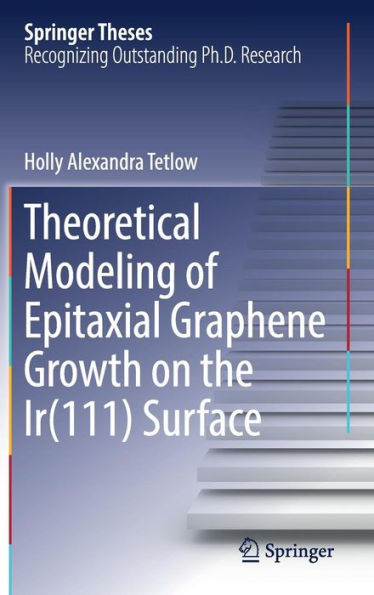5
1
9783319659718



Theoretical Modeling of Epitaxial Graphene Growth on the Ir(111) Surface available in Hardcover, eBook

Theoretical Modeling of Epitaxial Graphene Growth on the Ir(111) Surface
- ISBN-10:
- 3319659715
- ISBN-13:
- 9783319659718
- Pub. Date:
- 10/04/2017
- Publisher:
- Springer International Publishing
- ISBN-10:
- 3319659715
- ISBN-13:
- 9783319659718
- Pub. Date:
- 10/04/2017
- Publisher:
- Springer International Publishing

Theoretical Modeling of Epitaxial Graphene Growth on the Ir(111) Surface
$54.99
Current price is , Original price is $54.99. You
54.99
In Stock

Product Details
| ISBN-13: | 9783319659718 |
|---|---|
| Publisher: | Springer International Publishing |
| Publication date: | 10/04/2017 |
| Series: | Springer Theses |
| Edition description: | 1st ed. 2017 |
| Pages: | 182 |
| Product dimensions: | 6.10(w) x 9.25(h) x (d) |
From the B&N Reads Blog
